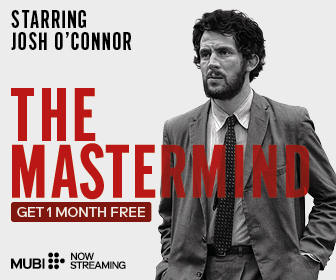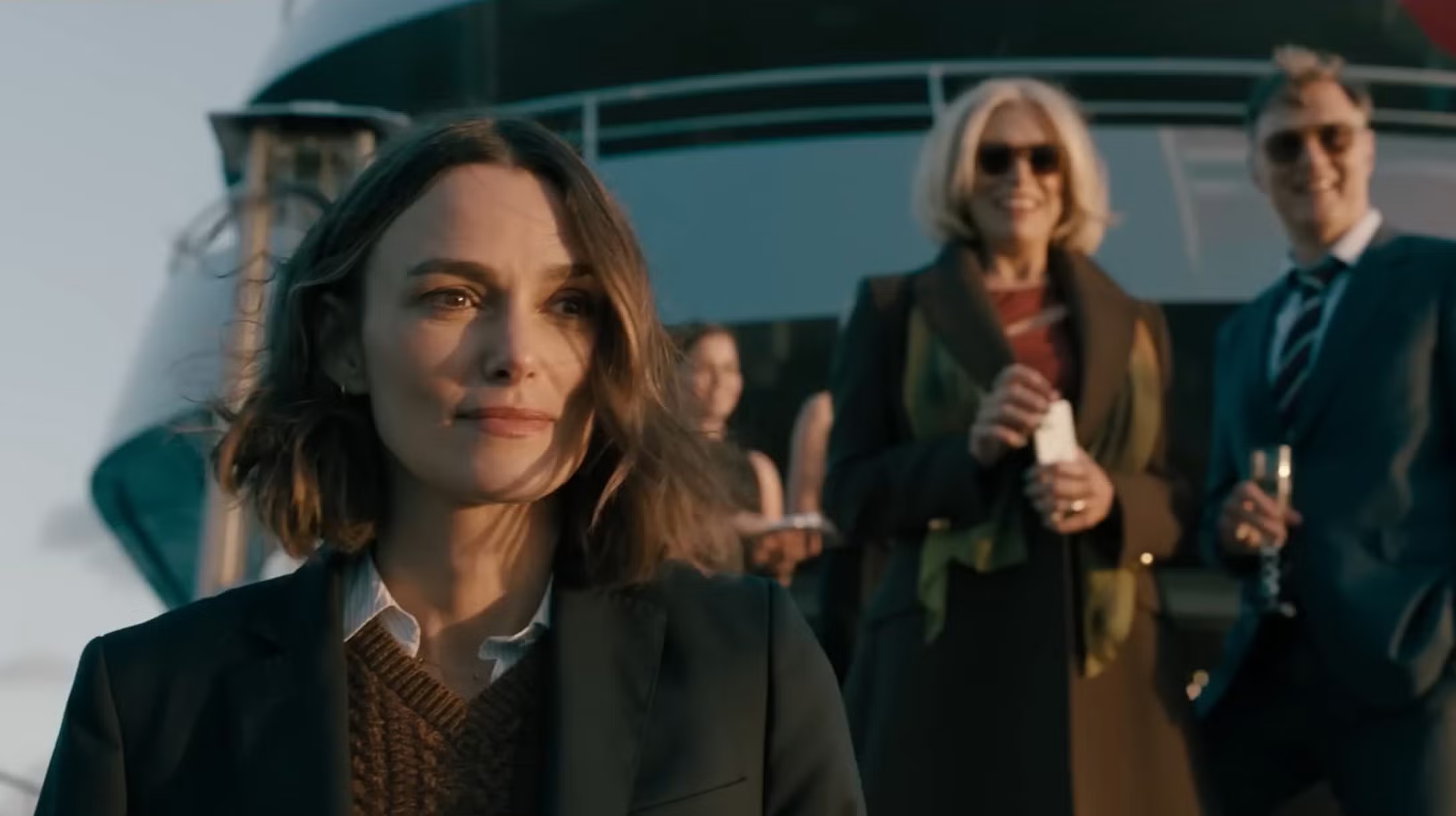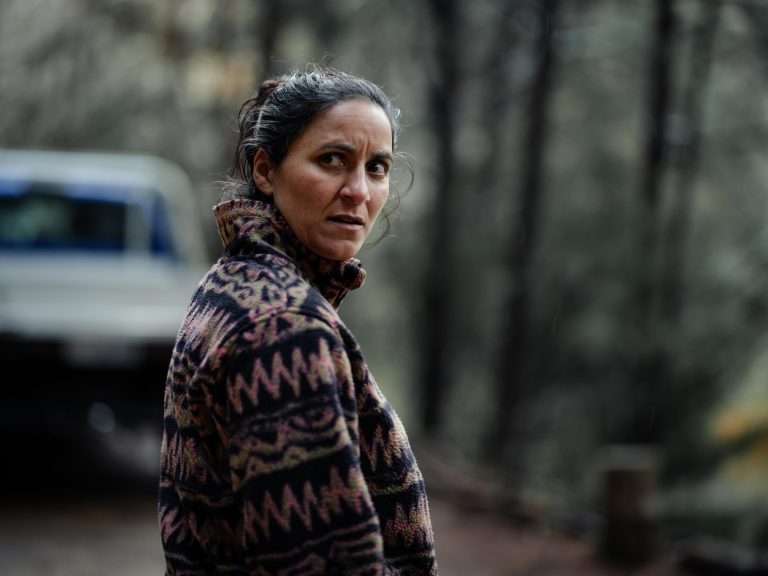When The Woman in Cabin 10 dropped on Netflix, it immediately shot to the Top 10 list. That’s no surprise — it had everything going for it: a bestselling novel by Ruth Ware, Keira Knightley in the lead, a sleek yacht setting, and Netflix’s glossy marketing push. For a brief moment, it looked like another surefire hit. But within days, the conversation turned. Critics called it “pretty but predictable,” and fans of the book flooded Reddit threads with disappointment. The movie became a strange case of success on paper, failure in spirit.
At the heart of that failure lies something simple: the film forgot what made the book special.
The claustrophobia that vanished on screen
In the book, Lo Blacklock isn’t just a journalist on a fancy boat — she’s an anxious woman on the edge of collapse. She’s been robbed the night before, her sense of safety shattered, her sleep ruined. When she boards that ship, she’s fragile and afraid, and that mental state becomes the entire mood of the story. Every creak, every knock, every shadow feels like it could be her imagination — or proof of something sinister. The claustrophobia doesn’t just come from the small cabins or the endless sea; it comes from her mind.
The movie doesn’t have that. It swaps psychological dread for straightforward suspense. Lo is calmer, sharper, and her backstory trauma is changed to something more cinematic — witnessing a crime, not surviving one. That might sound minor, but it changes the story’s DNA. Instead of paranoia, we get determination. Instead of a slow, choking unease, we get a neatly packaged mystery. The camera spends more time admiring the yacht’s glass walls and designer corridors than trapping us in Lo’s headspace. And when you lose that sense of entrapment, you lose the heartbeat of the story.
When characters lose their edges
Every book adaptation changes things. But Netflix’s The Woman in Cabin 10 changes who its characters are at their core. In the novel, Lo is not a typical hero — she’s insecure, unsure, and often her own worst enemy. The story makes us question her reliability, which keeps the reader guessing. The film, however, recasts her as a standard Netflix protagonist: brave, capable, ready to fight back. That makes her easier to root for, sure, but less interesting.
Then there’s Carrie — the woman in the cabin. In Ruth Ware’s version, she’s a morally grey figure, caught between guilt and survival. You can’t decide if she’s part of the crime or a victim of it. That tension makes every interaction between her and Lo electric. In the film, Carrie is softened into a victim — a sympathetic woman trapped by circumstance, with a child waiting back home. She’s still important, but the moral fog is gone. And without that ambiguity, the film becomes simpler, flatter. It stops being a psychological thriller and becomes an adventure of “two women versus one evil man.”
Even the ending, which in the book feels hauntingly unresolved, turns into a standard showdown scene. There’s a gun, a confession, a fight — the kind of climax that feels like it came from a studio checklist, not from a story about doubt and fear.
The “Eat-the-Rich” that never fully cooks
The movie really wants to be part of that new wave of “eat-the-rich” thrillers. You can see the attempt — the gleaming yacht, the wealthy hosts, the surface-level luxury covering moral rot. But the difference between The Woman in Cabin 10 and something like The Menu (2022) is intent. The Menu uses its setting to mock privilege and expose cruelty; its wealth is part of the horror. In The Woman in Cabin 10, the wealth is just… set decoration. The camera treats it lovingly, as if we’re watching a travel ad. There’s no bite, no satire, no sense that this glamour is dangerous.
It’s a pity, because the ingredients were all there — a paranoid outsider, a closed system of power, a missing woman no one will acknowledge. That’s perfect material for a dark critique of privilege. But the film never commits to that theme. It just floats above it, distracted by its own beauty.
The core that sank
So why did The Woman in Cabin 10 flop despite all its buzz? Because the story that made the novel work — a woman doubting herself, trapped inside her fear — was replaced with something safer and prettier. The backstory that rooted her paranoia was cut. The moral messiness of the supporting characters was cleaned up. The critique of wealth was turned into wallpaper.
What’s left is a polished shell of a thriller that looks expensive but feels hollow. Netflix can keep it on the charts for a few weeks, but it won’t live in anyone’s head the way Ruth Ware’s book did. In the end, the movie floats, but it never truly sails.








